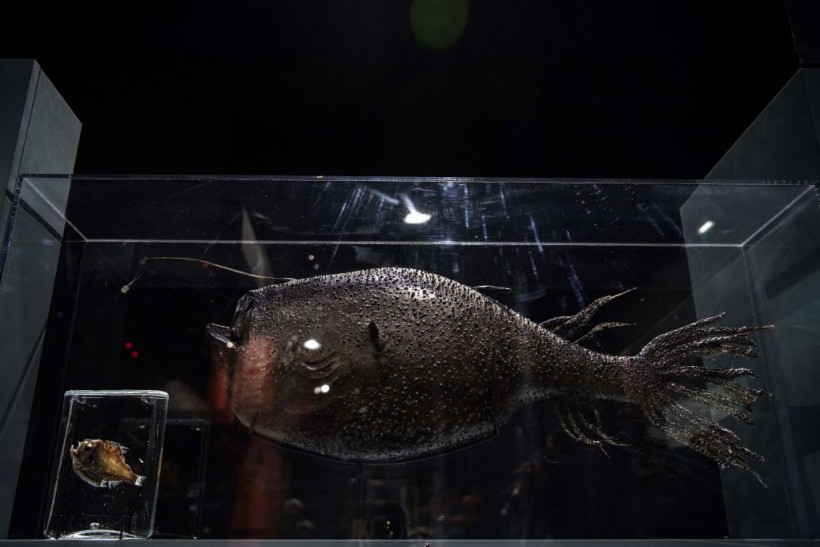A recent study has found out that anglerfish thrived some 55 million years ago by being sexual parasites.
Experts noted that the species had colonized the ocean's midnight zone millions of years ago or during a period when there was extreme global warming.
Sexual Dimorphism
The study explained how the said fish was able to adapt in order to thrive in the deep sea by becoming sexual parasites.
Scientists said that major ecological transitions were thought to fuel evolutionary radiations, but whether they were contingent on the evolution of certain traits was still unclear.
They showed that the rapid ecological transition of anglerfishes into pelagic habitats during a period of major global warming coincided with the origins of sexual parasitism, in which male anglerfishes temporarily attach or permanently fuse to females to mate.
''A phylogenomic reconstruction of the evolutionary history of anglerfishes provides a strong inference for the convergent evolution of permanently-fusing deep-sea anglerfishes and their degenerate immune genes,'' the experts said.
The results of the study indicated that sexual parasitism was enabled by the degeneration of adaptive immunity and ancestral sexual size dimorphism. They said that the combination of these traits facilitated the transition of pelagic anglerfishes into novel ecologies that were available in the deep open oceans after evolving from benthic ancestors.
These results have shown how seemingly unrelated physiological and reproductive traits interact synergistically to drive evolutionary radiation in novel environments.
Anglerfishes comprise the most species-rich radiation of vertebrates in the deep sea, an evolutionary feat that may have been aided by peculiar reproductive modes that increased the chances of successfully mating in the largest of Earth's ecosystems.
They provided a phylogenomic reconstruction of the evolutionary history of anglerfishes.
Read Also: Sexual Parasitism in Anglerfish Could Prove Beneficial to People With Immune Disorders
High Synergy
By examining the evolutionary history of genes encoding critical aspects of the adaptive immune response and the evolution of sexual dimorphism in all major anglerfish lineages using a time-calibrated phylogenomic tree, experts determined that degeneration of the genomic basis of adaptive immunity and extreme size differences between male and female anglerfishes coincident with the origin of ceratioids and the evolution of sexual parasitism.
The results suggested that the high synergy between these traits may promote the persistence of unique pathways to degeneration that different clades of obligate parasite ceratioids possessed.
Collectively, these results suggested the development of new modes of reproduction in deep-sea anglerfishes was a synergistic process involving the loss of core immunogenetic functionality and extreme sexual size dimorphism.
However, it was the confluence with a major ecological transition into the open ocean during a period of intense global ecological stress that facilitated higher rates of diversification in bathypelagic lineages.
The study further implicated the degradation of the genetic basis of adaptive immunity and extreme sexual dimorphism as mechanisms driving the ecological transition of ceratioid anglerfishes into deep-sea open water habitats.
Researchers also pointed out that extreme sexual size dimorphism as well as the loss of the adaptive immune response formed the synnovation that gave rise to sexual parasitism, a trait that facilitated access to a previously inaccessible ecosystem by ensuring reproductive success.
However, examination of trait-dependent diversification rates suggests that ceratioid diversification was primarily driven by ecological opportunities available in the bathypelagic zone during the Paleocene-Eocene Thermal Maximum rather than by their bizarre reproductive strategies.
Related Article: The Mating Story of Anglerfish
© 2024 NatureWorldNews.com All rights reserved. Do not reproduce without permission.






